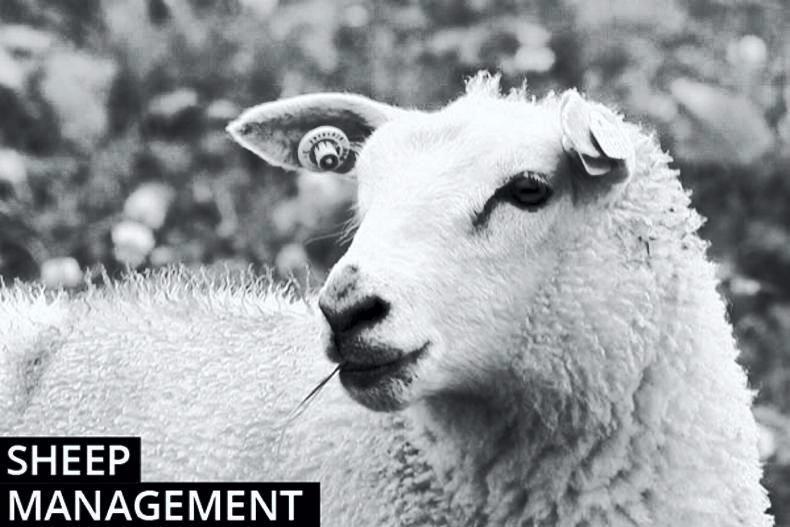The wet weather and difficult ground conditions are showing up the presence of minor cases of sheep scab or lice, with sheep scratching at their neck and leaving a clay-soiled mark on wool.
If sheep are being dipped to control external parasites, with the practice carried out correctly (sheep immersed in dip solution mixed at the recommended concentration), then differentiating between sheep scab and lice is not as great an issue.
Where an alternative route of treatment is being used, however, then it is critical to identify the cause of the problem, as there is no product available outside of dipping that gives complete control over all external parasites.
While difficult to carry out, it is possible to visually identify the parasite causing the problem.
Sheep scab mites are brown in colour, round and tiny – barely visible to the naked eye. They feed on flesh and are generally found on the skin, leaving scabby lesions and wool loss.
In contrast, lice are easier seen by the naked eye and move through the wool. Lice are long, shaped similar to a wasp – yellow or pale brown in colour. If in doubt, your vet will be able to diagnose.
Treatment
Once the problem has been identified, then the appropriate treatment can be selected. Sheep scab can generally be controlled by select injectable products, but be careful, as some products require treatment seven to 14 days later to target eggs that have hatched following treatment.
Products suitable for treating lice are generally pour-on products. All sheep in the group must be treated on the same day to prevent reinfection.
Read more
The wet weather and difficult ground conditions are showing up the presence of minor cases of sheep scab or lice, with sheep scratching at their neck and leaving a clay-soiled mark on wool.
If sheep are being dipped to control external parasites, with the practice carried out correctly (sheep immersed in dip solution mixed at the recommended concentration), then differentiating between sheep scab and lice is not as great an issue.
Where an alternative route of treatment is being used, however, then it is critical to identify the cause of the problem, as there is no product available outside of dipping that gives complete control over all external parasites.
While difficult to carry out, it is possible to visually identify the parasite causing the problem.
Sheep scab mites are brown in colour, round and tiny – barely visible to the naked eye. They feed on flesh and are generally found on the skin, leaving scabby lesions and wool loss.
In contrast, lice are easier seen by the naked eye and move through the wool. Lice are long, shaped similar to a wasp – yellow or pale brown in colour. If in doubt, your vet will be able to diagnose.
Treatment
Once the problem has been identified, then the appropriate treatment can be selected. Sheep scab can generally be controlled by select injectable products, but be careful, as some products require treatment seven to 14 days later to target eggs that have hatched following treatment.
Products suitable for treating lice are generally pour-on products. All sheep in the group must be treated on the same day to prevent reinfection.
Read more






 This is a subscriber-only article
This is a subscriber-only article










SHARING OPTIONS: